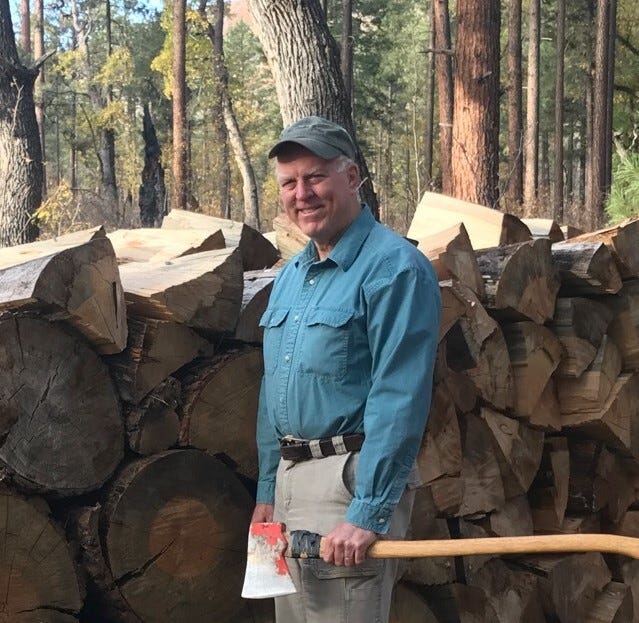It took me some time to figure out how to approach the wildfires raging in Southern California over the past week.
I could start by pointing out the obvious: climate change is driving wildfires worldwide. But at this point, that feels like stating the cliché. We’ve heard it over and over again—climate change is fueling fires from Australia’s Black Summer in 2020 to the recent apocalyptic scenes in Hawaii.
California, in particular, seems almost accustomed to wildfires. Some residents joke that whenever they see a haze outside, it probably means something is burning nearby.
Another angle would be the technical breakdown many analyses offer: Southern California has been in a prolonged drought. From the summer of 2024 until now, soil moisture in the Los Angeles region has been about 2% of historical levels.
Before this dryness, a wet spring in 2024 encouraged lush vegetation growth. That greenery eventually dried out, turning into perfect fuel for wildfires. Add to that the Santa Ana winds—those infamous, bone-dry gusts that can fan flames and rapidly change fire directions. If you’ve seen the movie Only the Brave, you’ve witnessed how devastating these winds can be.
All it takes is a spark to ignite a whole mountainside.
But I feel like there’s more to this story. Framing the wildfires as a chain of unfortunate events, with climate change as the backdrop, makes it sound like bad luck—something we just have to endure until the next, possibly worse, scenario comes along. That narrative implies we’re powerless, and I’m not convinced we are.
So, what more is there to wildfires?
Human factors are a significant part of this story. More people are living in fire-prone areas, reducing the natural buffer zones between homes and wildlands. Then there are aging power lines, uneven distribution of firefighting resources, and limited water supplies in some regions.
Each of these issues could be a podcast episode on its own. Each community faces unique challenges.
It’s easy for someone like me—sitting tens of thousands of kilometers away—to comment on the problems, criticize authorities for their responses, or blame the wealthy for exploiting their privilege. But ultimately, this isn’t my story to tell. I’m not on the ground in the U.S.
I can’t walk into communities to hear their experiences firsthand. I can offer virtual empathy, but that pales in comparison to the despair of losing a home—or worse, a loved one.
Here’s what I can do: I can try to understand the changes happening to our planet and what actions people like you and me can take. I can explore what went wrong in situations like this and how we might correct it.
To do that, I reached out to Stephen Pyne, an American fire historian who has spent over 50 years studying wildfires in the U.S.
He is also an emeritus professor at Arizona State University and written over 40 books on fires. He joined me from a farm in Arizona.












Share this post